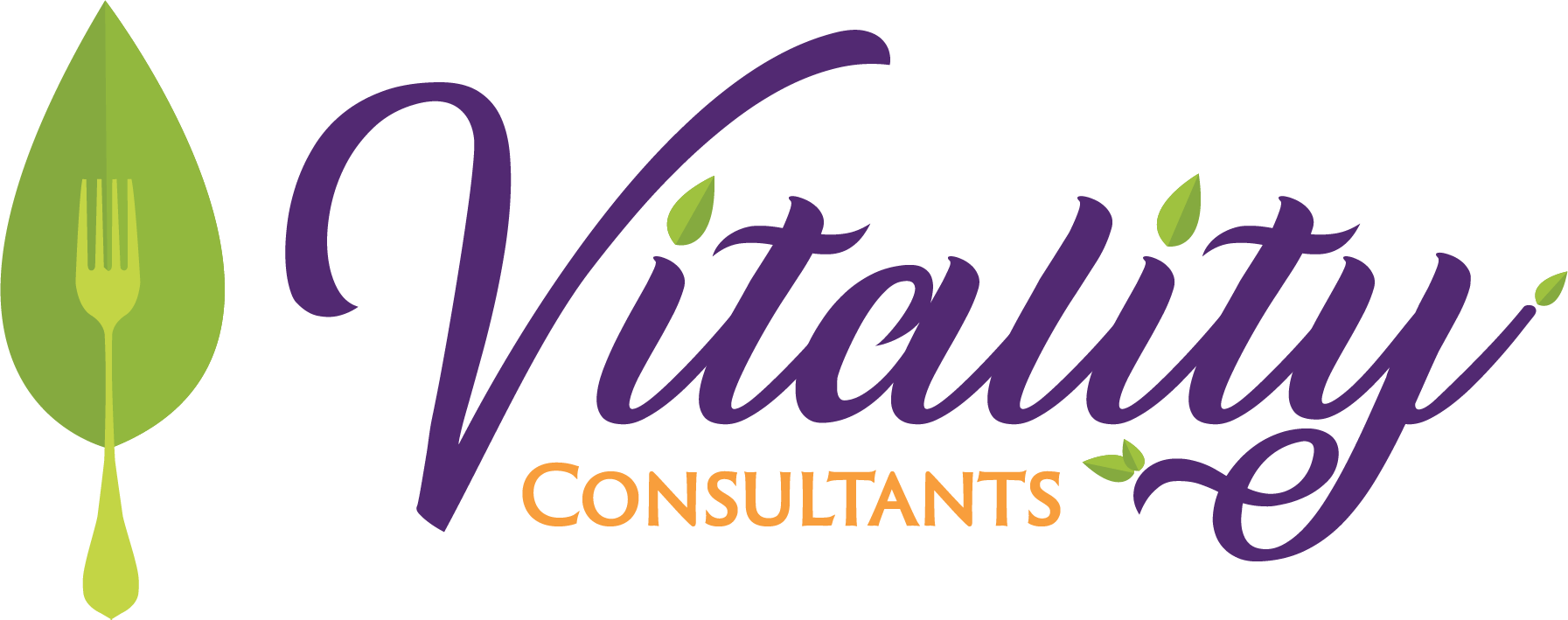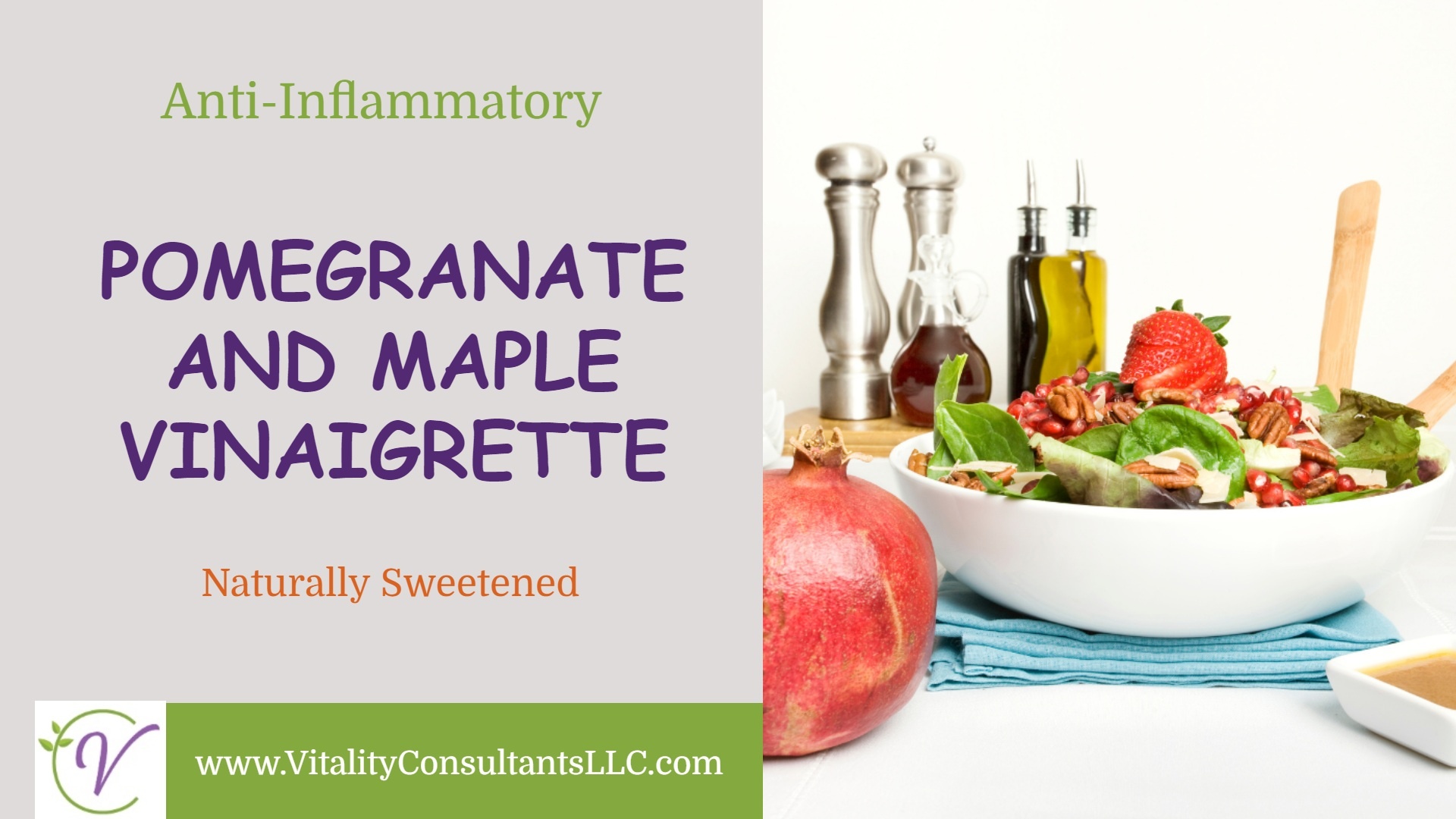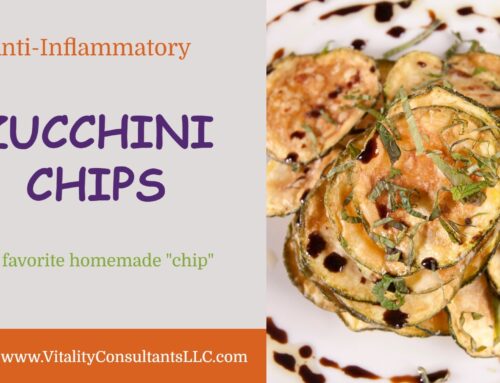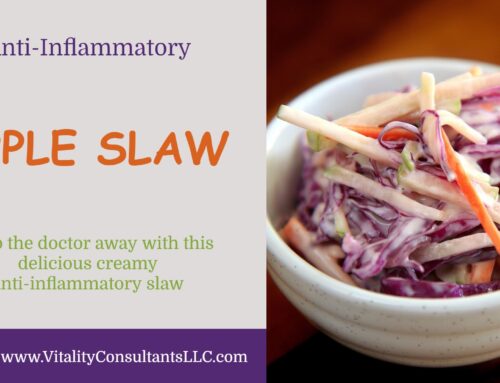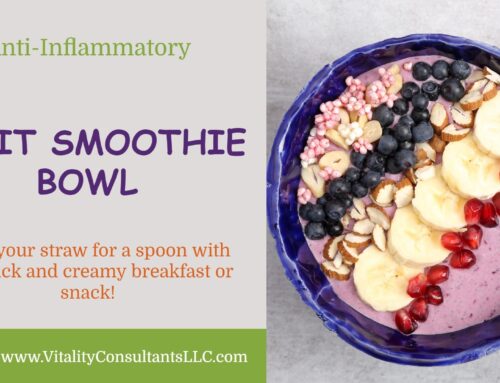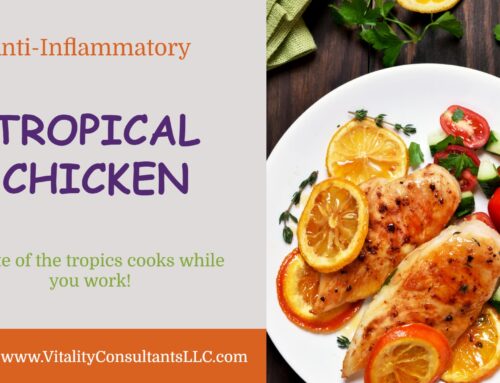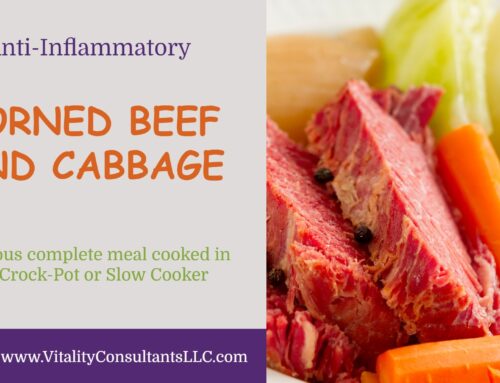Moderation is key with any sweetener. Remember too much sugar = too much sugar, even if the sweeteners are from a natural source.
What do you do when you are trying to live an anti-inflammatory lifestyle, and are eating the foods you are supposed to eat, but want to sweeten things up on occasion? It gets confusing at times because there are so many thoughts on what are “approved” natural sweeteners…here are five suggestions for you to try! As with other anti-inflammatory type foods, the less processed, the better and you will see that theme with the sweeteners below:
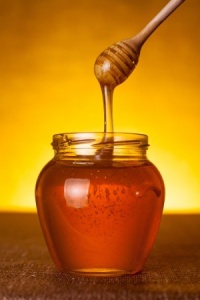
Honey – Throughout history, civilizations have used honey to sweeten food. Some cultures even considered honey to have medicinal value for healing many maladies. Now, modern medicine agrees that honey’s properties can be anti-inflammatory and rich in antioxidants. Keys are to buy organic and raw, and darker colored honey is considered to be healthier. Think honey from the local farmer’s market instead of the highly processed honey at the supermarket. Some people believe that eating local honey can be an immune booster for pollen allergies.
Maple Syrup – The Indians were producing maple syrup in North America long ago as their own “natural sweetener.” While syrup comes from a tree and does provide nutrients, it becomes less “natural” when over-processed at high temperatures and additional ingredients are added. If possible, purchase from small farmers to avoid further processing. Use Pure Maple Syrup whenever possible.
Dates – This “natural candy” is a fruit and contains antioxidants. It is best to go for the plain dates (for example, Medjool dates) instead of the prepackaged ones with additional sugar or processing. It can be a great addition to your smoothie (remove the seed first!) or chopped up in paleo “cakes” as a sweetener.
Molasses – Some consider this to be the best of the natural sweeteners because it requires minimal processing and retains its healthy nutrients. It is especially popular for baking. There are many product options out there, and the organic blackstrap molasses is considered one of the most natural.
Stevia – This is actually an herb, and the leaves of the plant provide the sweetener. While you can crush the leaves and use them directly, the more common forms are powdered or liquid. There are a variety of different brands and some strong opinions in the Paleo world about which ones are still stevia after the processing. Sweetleaf Stevia drops are a pure extract from the plant and come in different flavors to enhance drinks such as coffee, water and tea.
Bottom line, moderation is key with any sweeteners, and remember that too much sugar = too much sugar, even if they are from a natural source.
Here, we are going to share a recipe for a sweet vinaigrette dressing that come right out of The Official Anti-Inflammatory Diet Masterclass. We use pure maple syrup and stevia to naturally sweeten this easy to make, home made dressing.
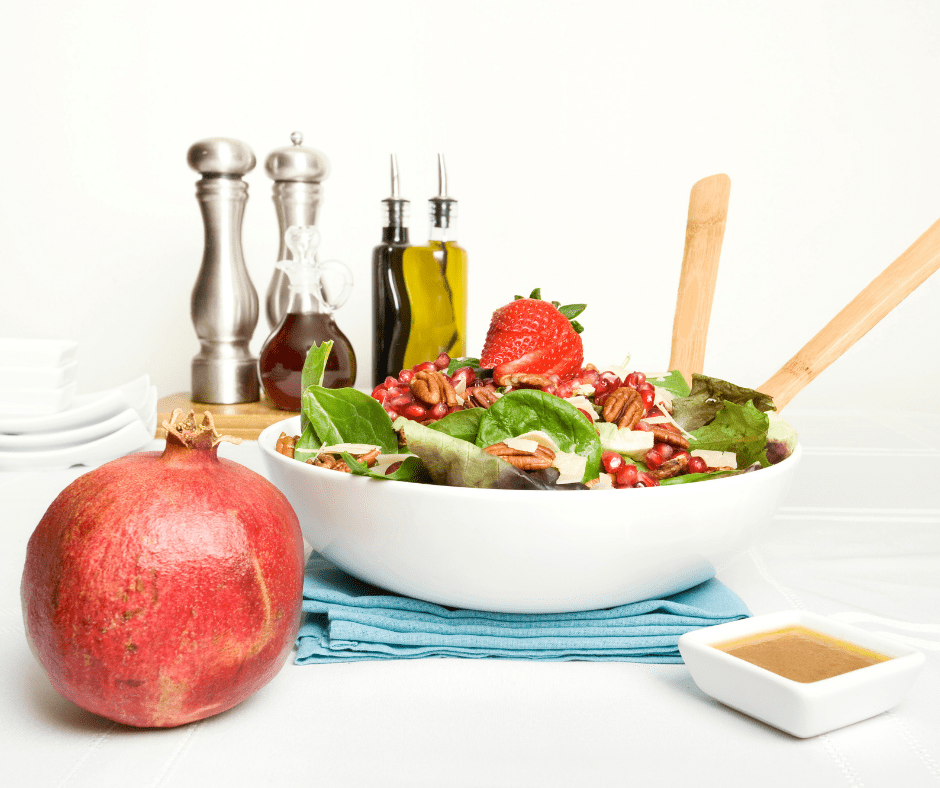
Pomegranate & Maple Vinaigrette
Ingredients
- ¾ cup pomegranate seeds
- ½ cup olive oil
- ¼ cup pure maple syrup
- 1 Tbsp lemon juice
- 1 Tbsp white balsamic vinegar
- 1 tsp Dijon mustard
- pinch of sea salt
- Stevia to taste optional
Instructions
- Place all ingredients in a blender. Blend on low speed, gradually increasing speed.
- Continue blending on high for 30-60 seconds or until your dressing is smooth and all pomegranate seeds have been blended. For a sweeter flavor, add Stevia to taste.
- Store in a covered container in the refrigerator for up to 1 week.
#gonatural #eatwellbewell #feedyourvitality
If you’re interested in an anti-inflammatory lifestyle and more information (and recipes) like this, check out The Official Anti-Inflammatory Diet Masterclass. Or email us at info@VitalityConsultantsLLC.com for more details.

